No single issue will be more challenging for a Mayor Mamdani than policing. But there are concrete steps he can take to reform the NYPD and curb its culture of impunity.
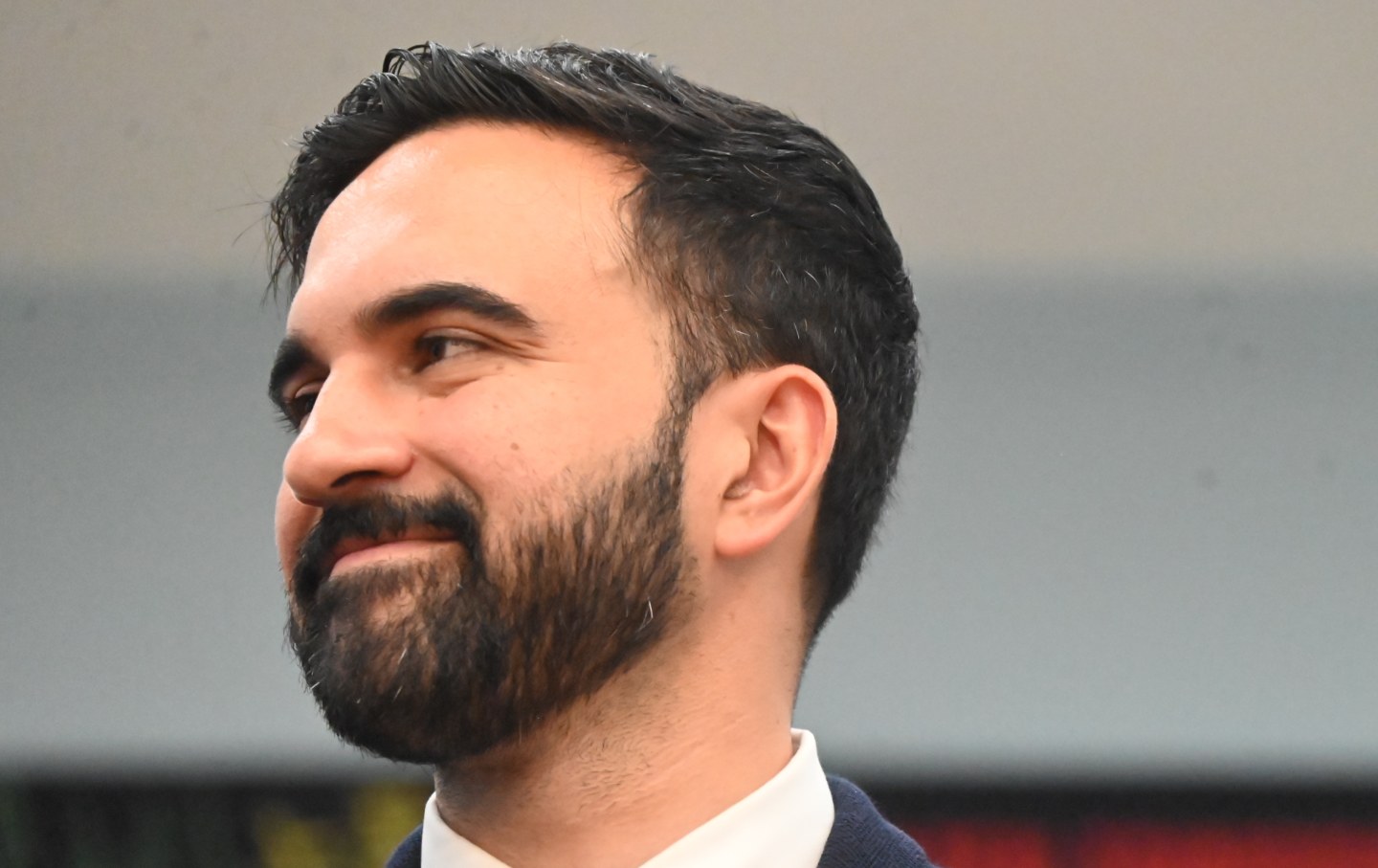
If Zohran Mamdani becomes the next mayor of New York City, no single issue will be more challenging for him than policing and public safety.
There will be tremendous pressure on him from all sides. Establishment media, elite business interests, the far right, and many rivals within the Democratic Party will demand that Mamdani beef up police-centered strategies around public safety, despite historically low crime rates. Police unions will target him relentlessly as an extremist who will send crime skyrocketing—indeed, they’re already doing so. His opponents will seize on any incident or sign of trouble as a chance to push the narrative that he is endangering New Yorkers.
Mamdani will also face calls from his allies to rein in the NYPD’s abuses and culture of impunity, whether through procedural police reforms like training and use-of-force policies or enhanced accountability measures. The reform movement, which has taken a battering in the past few years, will look to him for inspiration—and be watching for signs of retreat.
How Mamdani manages these competing demands could have profound implications for his overall ability to govern and, most importantly, deliver on his pledges to make the city more affordable for working people.
First and foremost, a Mamdani administration must address issues of public safety, including quality-of-life concerns. One approach would be to improve police effectiveness in tackling these issues. Mamdani’s primary opponent Zellnor Myrie called for improving homicide clearance rates to address fear of crime, a position echoed in The New York Times. But there is little evidence that clearance rates can be significantly improved by policy interventions or that such improvements translate into safer streets.
Current Issue
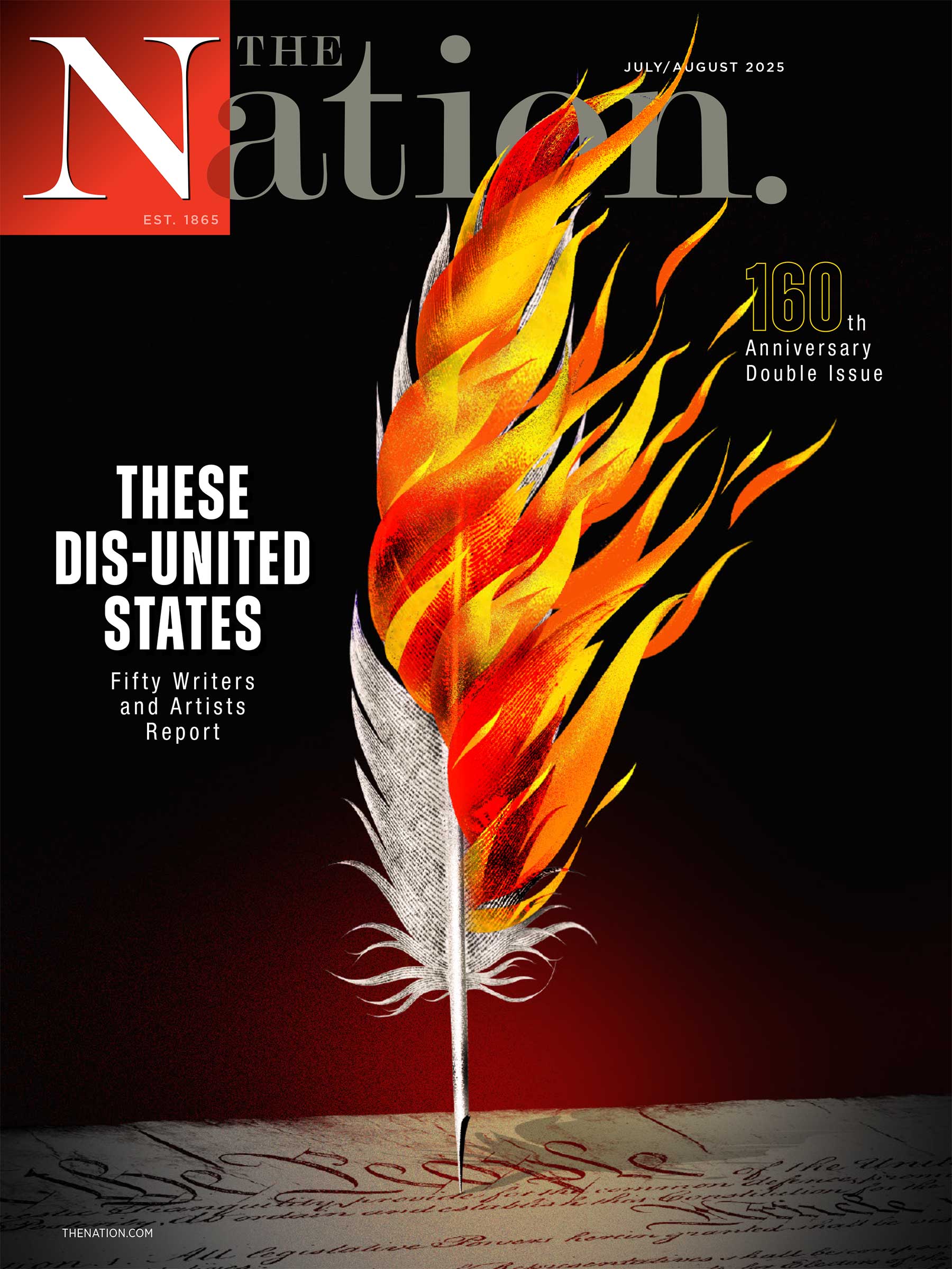
There have also been demands—including from almost all of Mamdani’s primary opponents—to increase the number of NYPD officers. (Under Mayor Eric Adams, the number of officers has averaged around 35,000, down from over 40,000 under former Mayor Rudy Giuliani.) But adding more officers would be a mistake. Historically, NYPD headcounts have had no real connection to overall safety. During the 12 years of the Bloomberg administration, for instance, NYPD head counts fell consistently—but so did crime rates. Mamdani, who did not call during the primary for police numbers to increase, should stand firm, allow the NYPD’s head count to stabilize or even fall through attrition, and address public safety concerns in other ways.
Over the last 10 years, many observers of the police have witnessed the failures of traditional reforms to reduce the violence and discrimination baked into the institution. Body cameras, new training, and changes to use-of-force policies have proven ineffective. Police are killing as many or more people per year as they were before the implementation of such reforms following the Ferguson and Minneapolis uprisings. Mamdani should not waste precious political capital trying to push through more of these procedural reforms in an institution that will attempt to undermine them at every turn.
Mamdani’s signature public safety proposal is to create a new Department of Community Safety that would use civilians to address a range of issues currently handled by the police. Included in the plan are initiatives to address subway safety, hate crimes, mental health and homelessness concerns, and violence in the hardest-hit areas of the city.
Making substantial new investments in these areas could go a long way toward directly addressing concerns about both serious crime and more everyday issues, such as someone having a mental health crisis, a homeless person asleep on a sidewalk, or a rowdy group of teenagers in the subway. By responding to these issues through the delivery of targeted evidence-based services like sobering centers, supportive housing, and community-based mental health centers, Mamdani can reduce many of the calls for service that drive demands for increased police presence, overtime, and hiring, and contribute to a sense that the city is being well managed.
To do this successfully, Mamdani will need to confront the reality that the NYPD is one of the most powerful political entities in New York City. Police unions, top brass, and their supporters can exert tremendous influence on the media and the wider public. Mayor Bill de Blasio suffered significantly from this by allowing police anger at him to metastasize in ways that undermined his policy agenda, with even his own police appointees openly criticizing him.
One concrete step Mamdani could take to reduce police influence is to order his police commissioner to dramatically scale back the department’s in-house press operation. The NYPD currently has 86 officers assigned to its 24-hour press unit, allowing it to control the news cycle on public safety issues, including the extensive use of “unnamed police sources.” Reducing that office and transferring some of its responsibilities to the mayor’s office would give Mamdani more control over a public safety narrative that he wants to frame as much broader than the use of police and reduce the NYPD’s ability to exert pressure on local media to frame stories from a police perspective.
Over the last year, we have seen serious corruption uncovered within the highest ranks of the department. Top officers have had to resign, and others have sued the department over charges of bribery and politically motivated favoritism. In addition, rank-and-file officers continue to face huge numbers of civilian complaints and massive civil court penalties for abusive behavior.
When high-profile failings like these occur, there is a strong tendency for police departments, the media, and the public to organize their response around individual culpability; either demanding some form of punishment or denying that there was any wrongdoing.
Neither of these approaches contributes to positive institutional changes that might prevent similar outcomes in the future. Individual disciplinary action and even criminal sanctions have failed to produce positive changes in ongoing police behavior. Similarly, tort litigation seeking financial damages and impact litigation seeking policy changes have also failed to produce meaningful positive results. Denial of culpability by police officials also fails to address failures in practices and policies that, if changed, might prevent similar outcomes, whether or not they are technically legal or within policy.
Mamdani should reject this kind of “bad apples” approach. Instead, he should institute a Sentinel Event Review policy. These reviews occur following important police failures like police shootings or police use of force at protests. They look at institutional factors that may have contributed to a harmful outcome of police action, regardless of its technical legality. This approach is well known in transportation policy, in which air and rail disasters are uniformly investigated in this manner. It is also used in hospitals after an adverse outcome, like a patient’s death. The goal is not to assign individual blame or mete out punishment but to instead ask what happened, why, and how it can be prevented in the future.
Popular
“swipe left below to view more authors”Swipe →
One of the advantages of this strategy is that it could allow for greater transparency about the counterproductive use of policing in a range of circumstances such as mental health crisis calls, traffic enforcement, drug suppression, and peaceful protests. This could give Mamdani leverage in his efforts to reallocate certain police responsibilities to civilians.
Several departments across the country, such as those in Seattle and in Mesa, Arizona, have begun to utilize this approach, and the Department of Justice has funded a variety of pilot programs and evaluation efforts.
Any such effort must not be located solely within the police department, because of the NYPD’s lack of transparency and inherent desire to protect itself from public scrutiny. There must be an independent agency that will undertake a public process with room for robust community participation, media scrutiny, and academic research. The NYPD Office of the Inspector General, part of the independent Department of Investigation, is a reasonable place to house such an initiative. It has existing subject matter and investigative expertise and has experience in community outreach.
Such an initiative would signal to community members that the new administration is serious about police accountability. It might also appease the police unions and rank and file, since it is not focused on going after individual officers.
During the campaign, Mamdani expressed support for abolishing the NYPD’s Strategic Response Group, which handles most protest activity. This group, created during the de Blasio administration, was sold to the public as a way to hold down overtime and enhance anti-terrorism capacity. But it has proven to be a brutal and unaccountable riot squad that routinely uses excessive force, violates people’s right to protest, and adds to the city’s overtime budget.
Mamdani should eliminate this unit and take steps to reduce the deployment of police at political events. He should enhance civilian outreach capacity to be a moderating influence at protests through units like the Mayor’s Public Engagement Office or the Community Affairs Unit. He should also make clear that he wants police responding to demonstrations to be more tolerant of minor disruptive actions like temporarily blocking a street or sidewalk, rather than the NYPD’s current zero-tolerance approach that regularly leads to unnecessary escalation and violence.
Mamdani should also abolish the NYPD’s gang database, known as the Criminal Group Database, and scale back gang suppression more widely. This type of policing is inherently discriminatory, as only the activities of Black and brown youth get labeled as “gang related,” a nebulous term weaponized at will by the NYPD to justify intensive and invasive policing in the city’s poorest communities. According to research from the GANGS Coalition, 98 percent of people on the database are non-white. As an alternative, Mamdani has pledged to expand and improve the city’s existing community-based anti-violence efforts, the Crisis Management System, as part of the Department of Community Safety, allowing it to develop a broader array of services to help stabilize those young people most likely to be involved in violence.
Finally, a huge emphasis has been placed on Mamdani’s choice of police commissioner. Media and economic elites have praised the current commissioner, Jessica Tisch, a scion of the billionaire Tisch real estate clan, and urged Mamdani to keep her on.
While Tisch has shown herself capable of managing a large complex department and is seen as having rooted out the corruption at the heart of Adam’s handpicked leadership, she has done nothing to change the basic functioning of the department and is seen as highly loyal to the institution and its worldview, which run counter to the overall goals of a Mamdani administration. She has made it clear that she supports a wide variety of regressive police policies such as cooperating with ICE, treating young people of color as “gang bangers,” labeling unhoused and mentally ill people as “quality of life” problems to be managed by intensive “broken windows” policing, and endlessly increasing the size and scope of the NYPD.
Mamdani needs a commissioner who is loyal to him and his broader agenda. This will undoubtedly produce howls of protest from elite and conservative circles. But it is clear that the police unions, the New York Post, billionaires, and real estate interests are planning to wage perpetual war against him, no matter what he does with the NYPD. He should double down on both his core economic agenda and on ramping up alternative response capacities through his Department of Community Safety, rather than trying to accommodate forces who will never truly ally with him and are already spending millions of dollars to defeat him.
Mamdani has an opportunity to establish a new vision for public safety that isn’t rooted in the politics of austerity, in which the denial of basic services is papered over by intensive and invasive policing of the poor. While he has made clear that he is not planning on cutting the police budget, he is pledging to invest in the kinds of community-based services and economic uplift that will allow him to shrink the scope of policing in ways that the public broadly supports. To do this, he will have to manage the NYPD in a way that creates space for this new vision to take hold.
More from The Nation
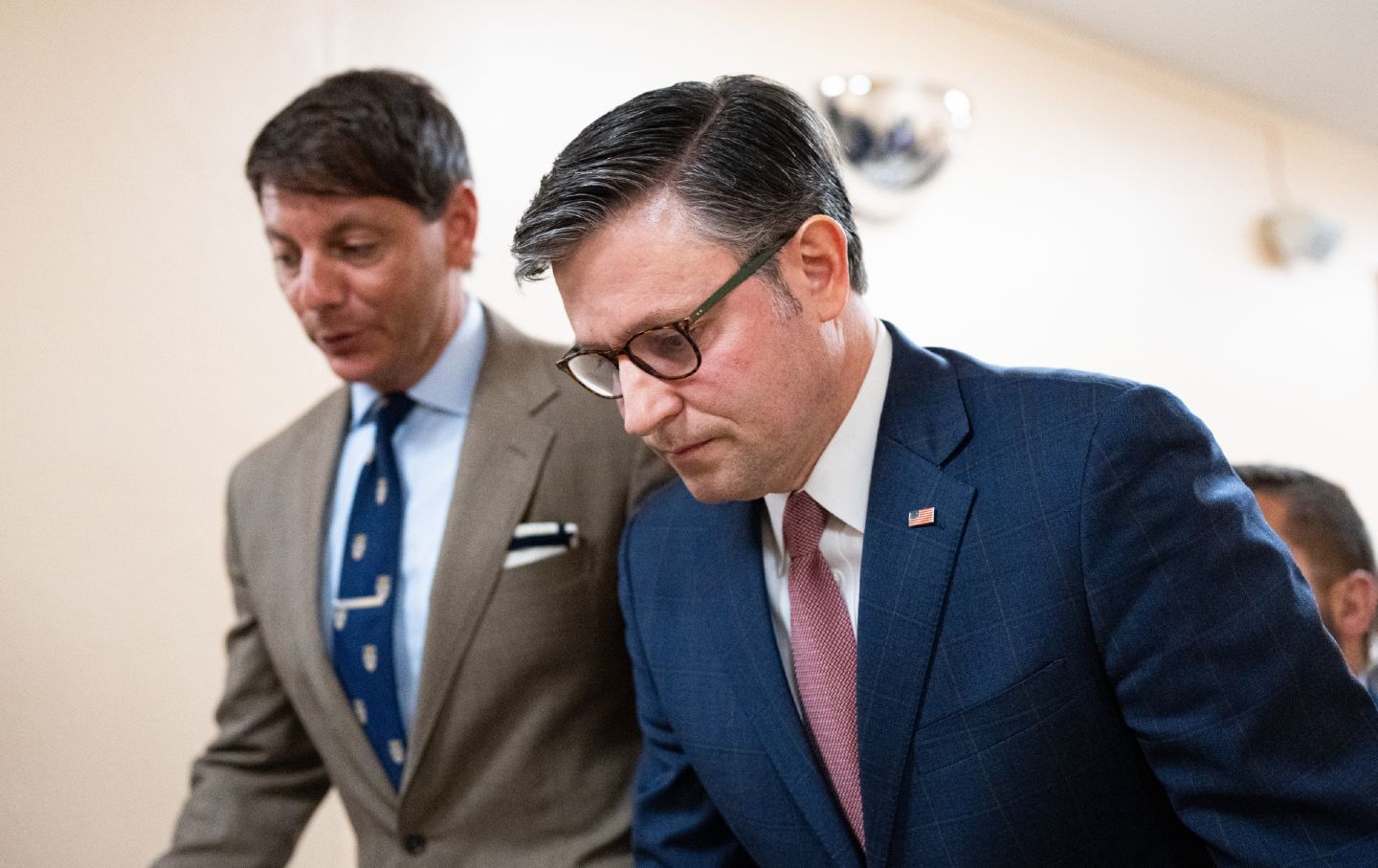
The lesson for Democrats is that they should force confrontations, especially when they drive a wedge into the GOP base.
Chris Lehmann
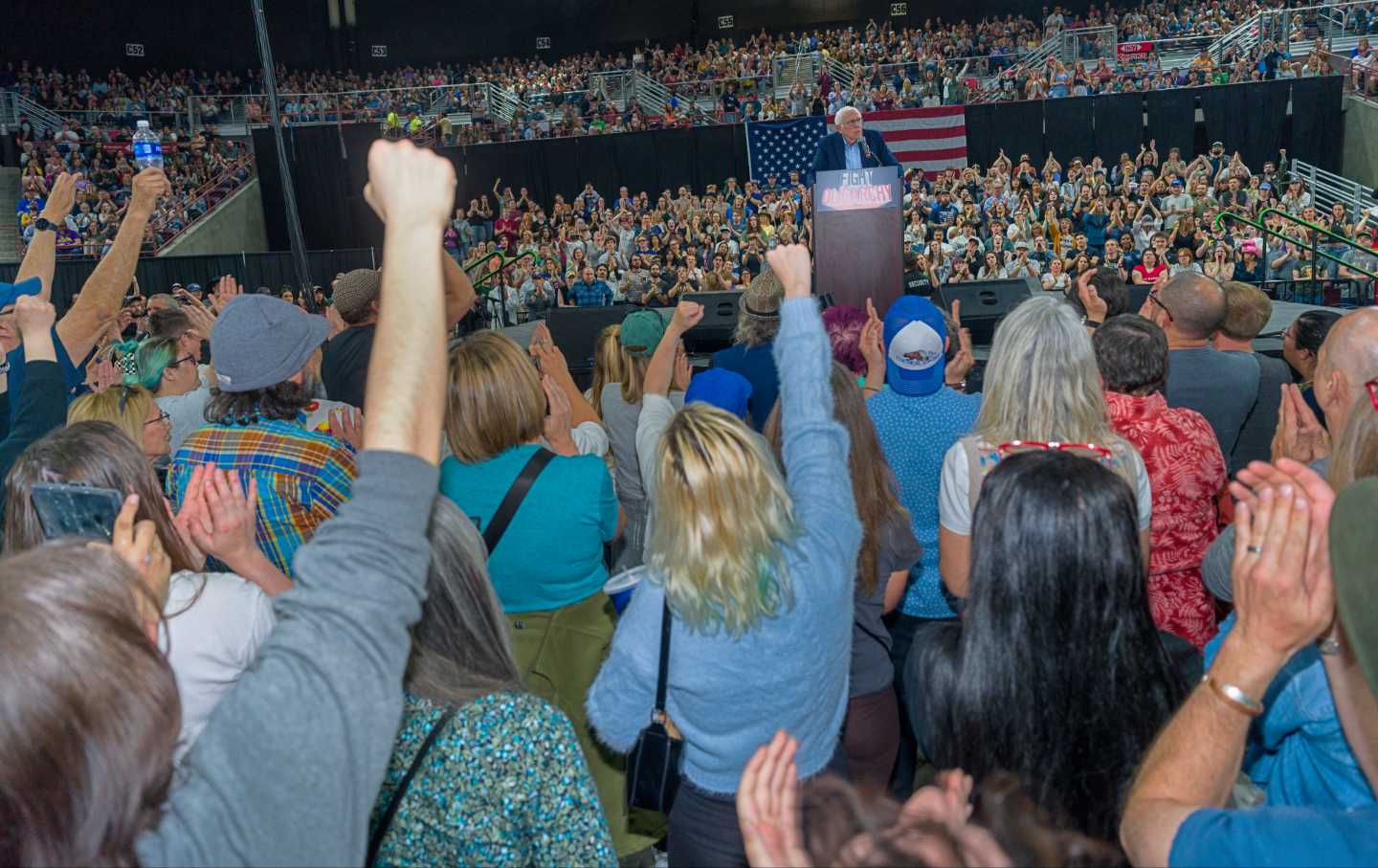
A new report shows there is absolutely a winning constituency for economic and social progress. But Democrats aren’t pursuing it.
Isaac Rabbani
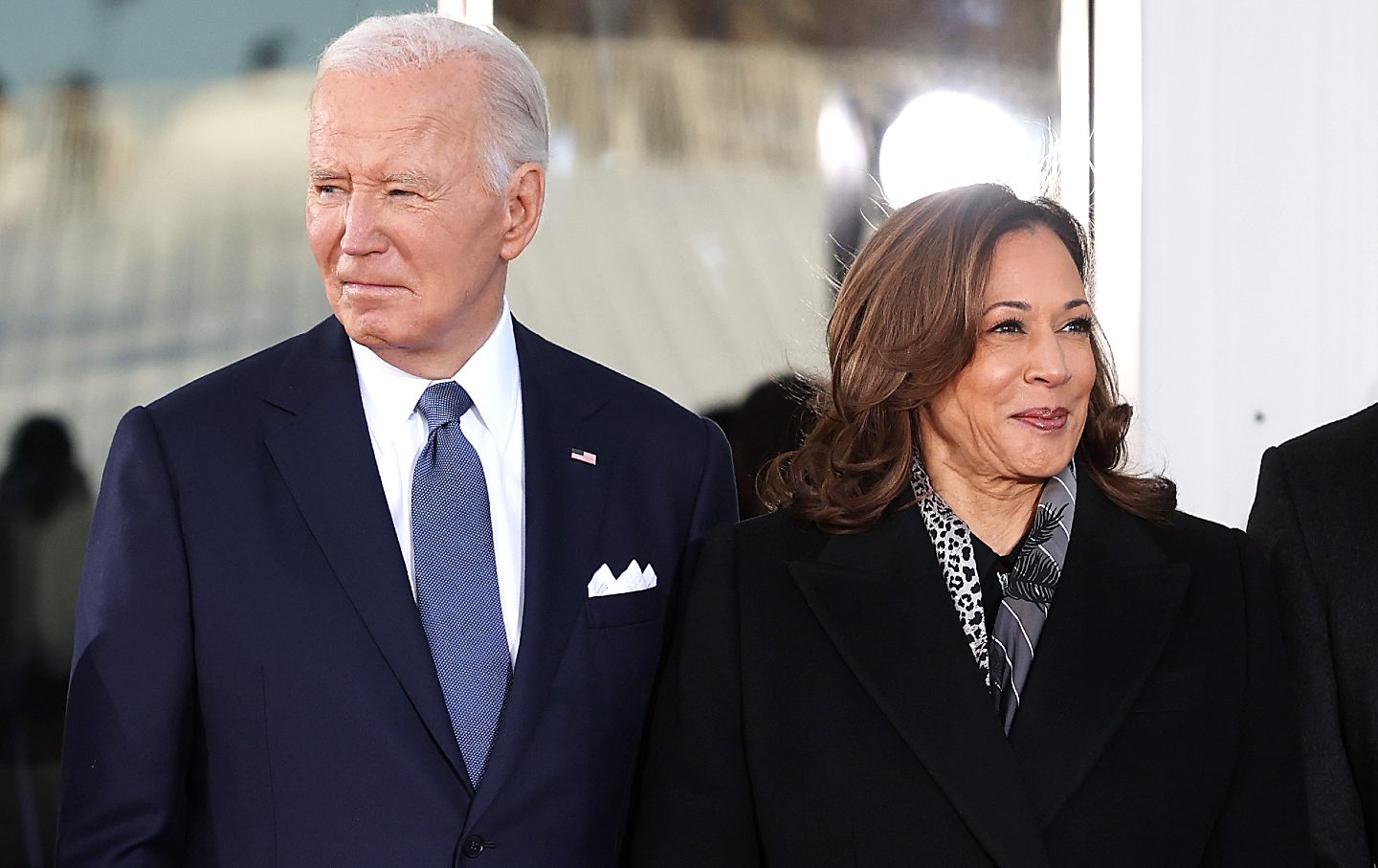
The Democratic National Committee’s forthcoming “autopsy” is a cover-up to protect the failed leaders who twice lost to Trump.
Jeet Heer


